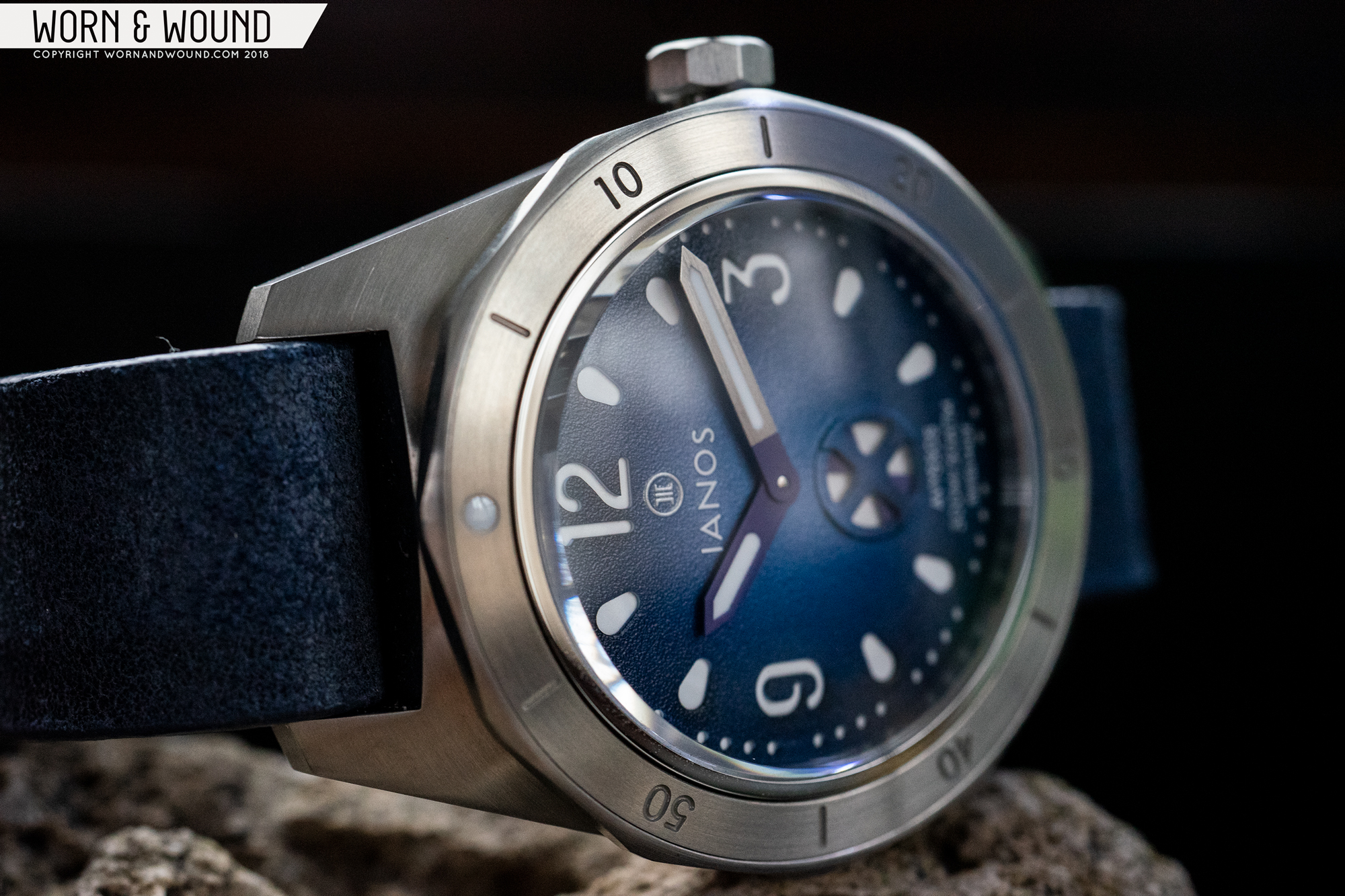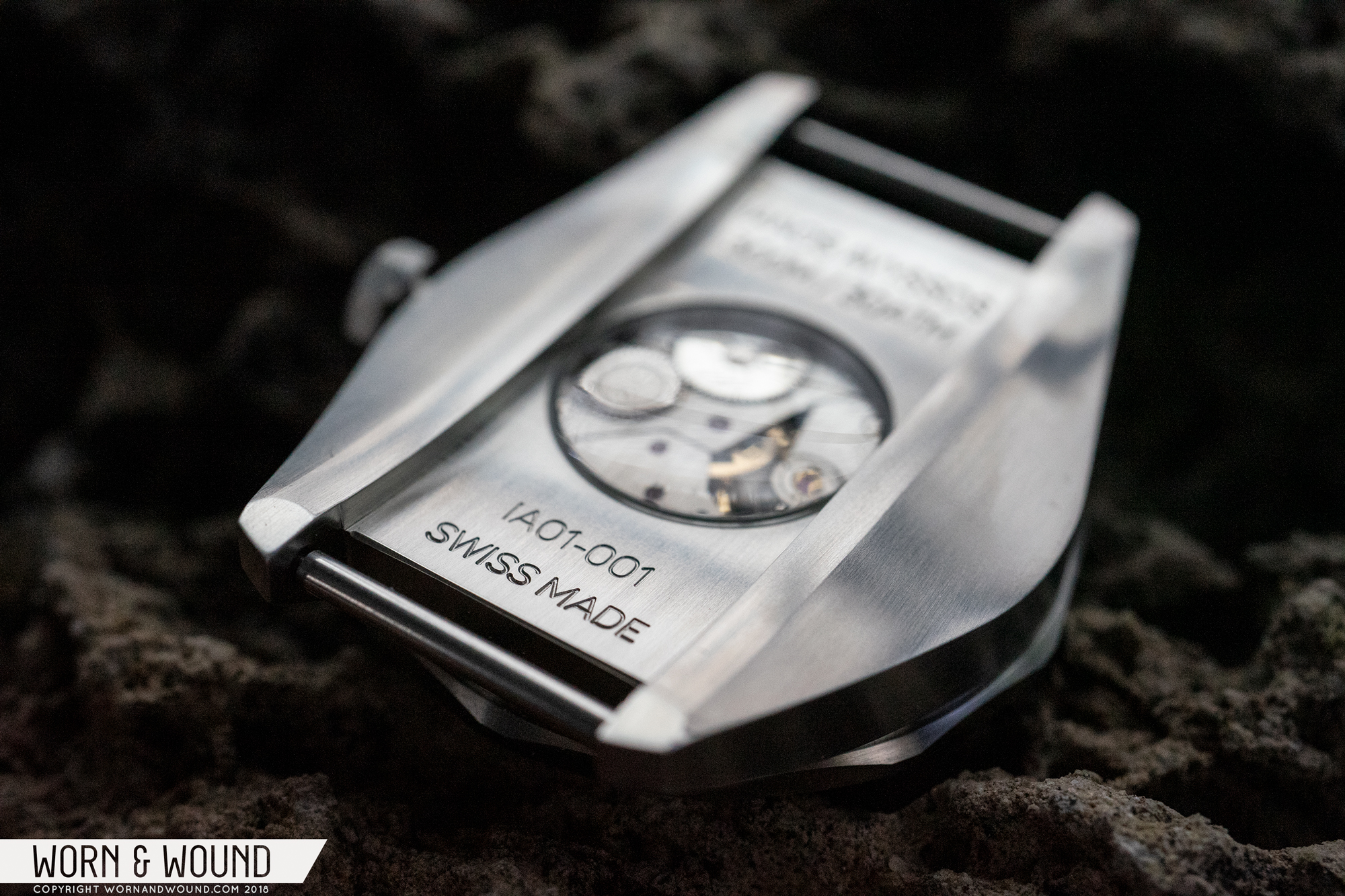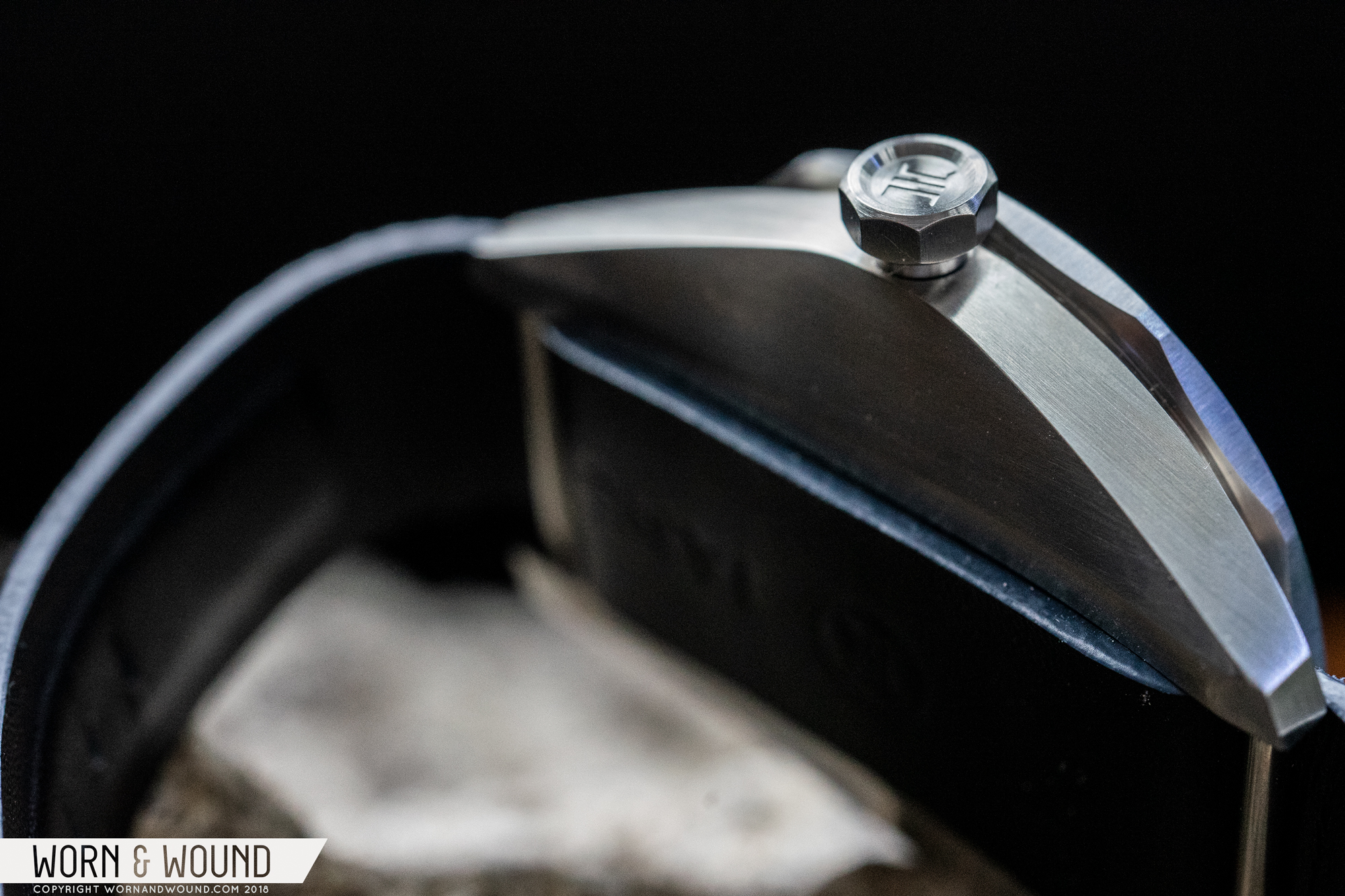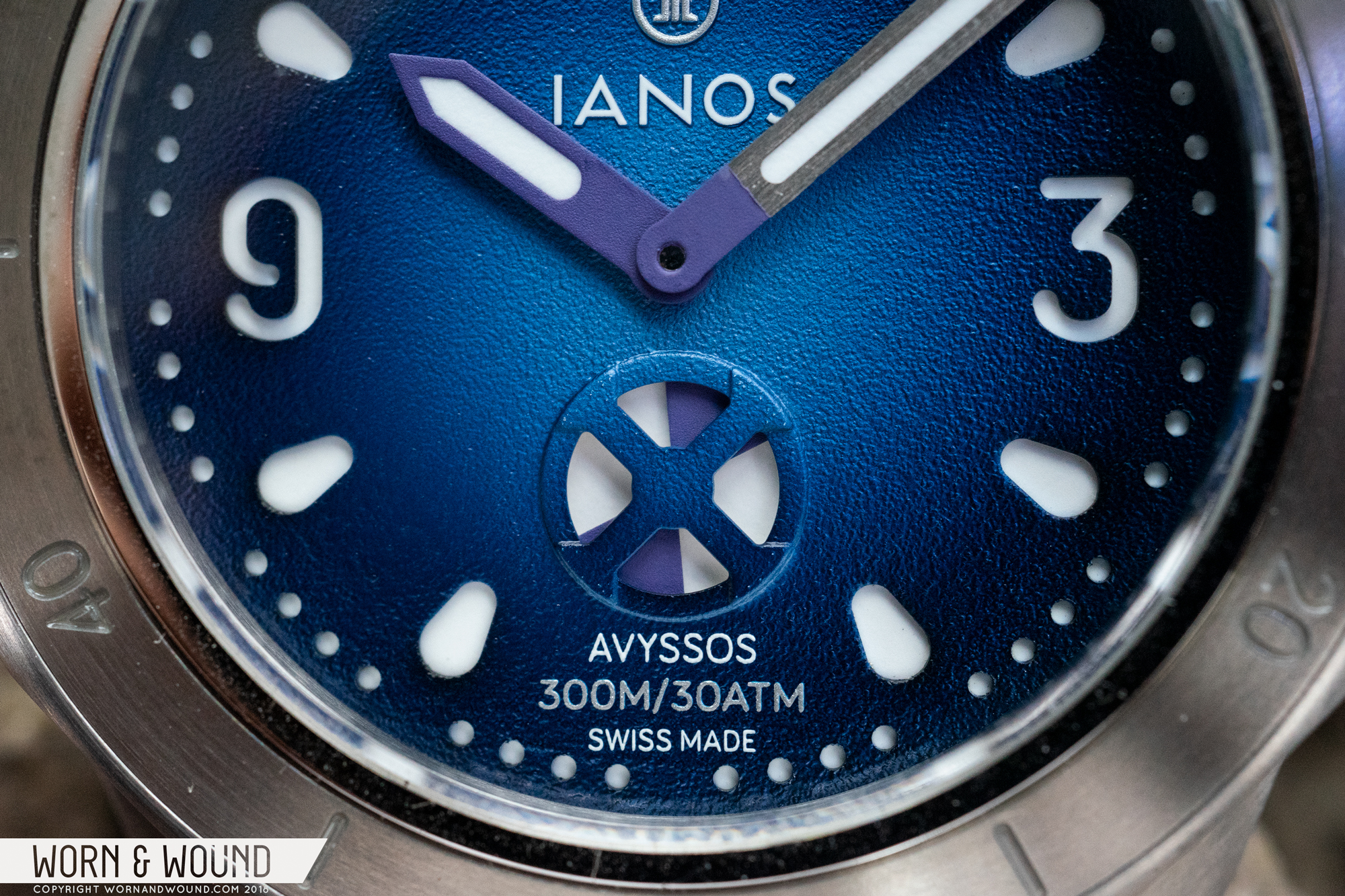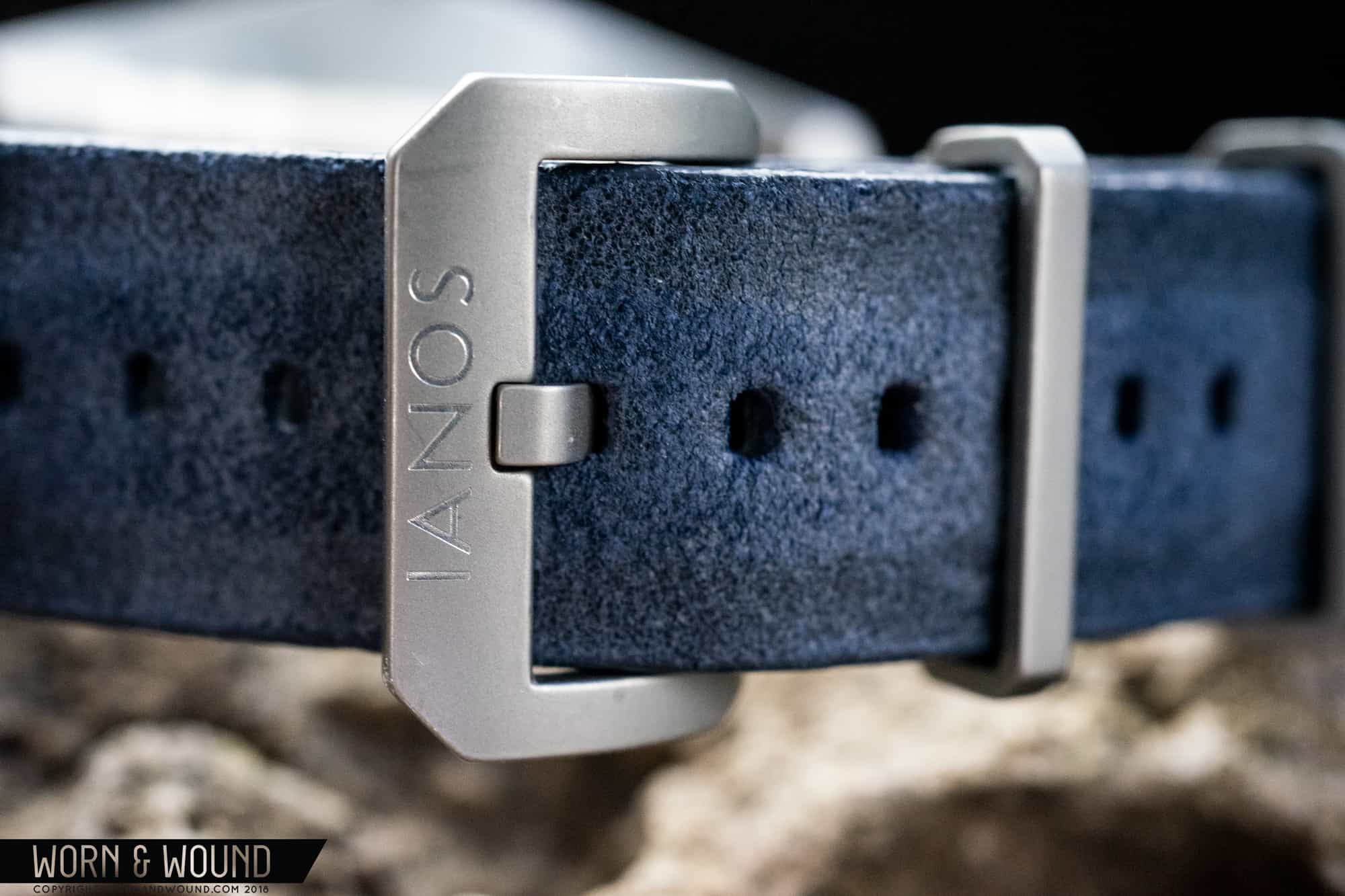The Greek poet Homer wrote about sponges, which tells us that retrieving sponges from the seafloor has been going on in Greece for as long as 3,000 years. Cultivating sponges requires diving as deep as 100 meters for as long as five minutes on a single breath. To get to the bottom quickly with minimal effort, Greek sponge divers tied themselves to rounded stones called skandalopetra, which would drag them to the bottom where soft sponges grow.
In 1900, sponge divers discovered an ancient shipwreck off the Greek island Antikythera. Resting 148 feet below the surface (deep even for modern SCUBA divers), this wreck is believed to have gone down around 70BC. Among the artifacts these sponge divers raised was the Antikythera mechanism, a clock-like movement with over 30 interlocking gears. The Antikythera mechanism is thought to be the first mechanical computer, and theories of what it computed abound. Most researchers agree, however, that the mechanism kept track of time, including the passage of the 12-month calendar, the passage of multiple years, and likely the movement of heavenly bodies. Though ancient Greek astronomical calculations were a bit out of whack, it appears that the mechanism tracked those calculations with incredible accuracy.
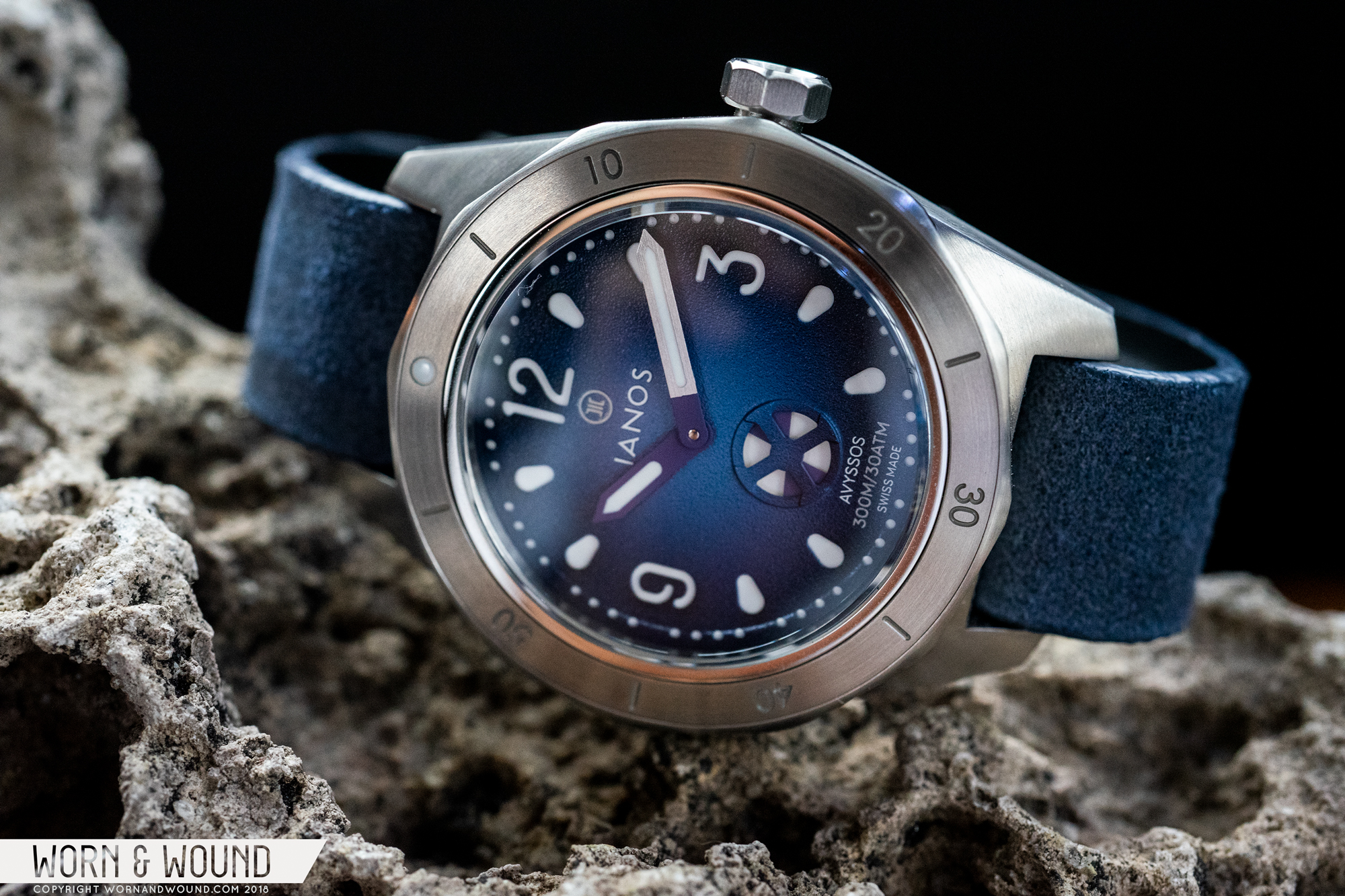
A brand new Greek watch company called Ianos will soon be issuing a dive watch dedicated to the legacy of those intrepid sponge divers who discovered the Antikythera mechanism. They’re calling the watch the Avyssos, which is Greek for “abyss.” Add it all up, and we’re looking at a very watery Greek theme that Ianos has managed to realize, quite cleverly, with nearly every detail of the Avyssos.









 Featured Videos
Featured Videos




